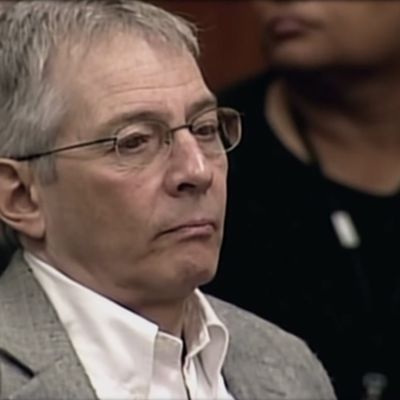The Jinx
Save this article to read it later.
Find this story in your accountsSaved for Latersection.
This article was originally published on March 2, 2015.

Weve republished it to coincide withThe Jinx Part 2.
How did Durst plead in response to the charge of murder?
I was Mr. Bob in prison, recounts Durst now, with something like fondness in his voice.
He seems to have enjoyed aspects of the behind-bars experience.
Why, then, did he jump bail?
The national media descended on Galveston, showing all the tact and discretion of a rabid dog.
As one DA puts it, Durst dismembered the body and threw the pieces in the river.
This would seem to be a home run for the prosecution.
How on earth did Durst go free?
At last, we learn.
Dursts high-paid, high-profile criminal defense attorneys successfully humanized Durst in part by demonizing Jeanine Pirro.
Then they successfully argued that Durst killed Black his friend in self-defense.
He turned out to be right.
The defense opened its case and called Durst as its first witness.
As Durst put it, It seemed like the problem was Robert Durst.
I wanted to not be Robert Durst.
Thats why he went to Galveston.
I intended to disguise myself and never use the name Robert Durst again.
They took liberties, indeed.
The lawyers redirected the blame toward Pirro.
Pirros reaction is a priceless, if predictable, Are youkidding?
But the jurors found the argument persuasive.
One says, I think that [Pirro] was really out to get him.
He wanted to get away, and I cant fault him for that.
Black, he said, understood.
Unfortunately, Black was also unpredictable and violent.
After he fired a shot in Dursts apartment, Durst told him to get out and stay out.
and Stand Your Ground.
We always had to keep Bob on message, remembers one of the lawyers.
You were afraid of him.
The gun went off.
The man cannot tell the truth, said Sargeant Cody Cazalas, who testified for the prosecution.
Maybe he found out who Durst was and tried to blackmail him and thats what got him killed.
The DAs insisted Durst was lying.
The neighbor testified she heard two shots.
Durst shot at Morris Black and missed.
Then he beat Black to the ground and executed him.
You dont cut somebody up … and dump him in the bay when you acted in self-defense.
You dont butcher somebody … because there was an accident.
But, as Durst recounted it, that is indeed what happened.
I did not kill my best friend.
I did dismember him.
I just didnt think I would be believed.
He says now, I was scared to death.
I had to get this corpse out of my apartment.
It was much too heavy to pick up and carry.
He admits to the dismemberment.
Saws, a giant ax.
I dont think he had a bow saw.
Anyway, I went and bought a bow saw and a bunch of garbage bags.
They coached him instead to not remember as many details as possible.
The members of the jury bought it.
They returned a verdict of not guilty.
It was not a popular verdict, a juror admits.
But when Mr. Durst was on the stand, I felt he was talking from the heart.
They told him he could leave things out.
Jarecki suggests he and Durst take a break; Durst agrees and Jarecki walks away.
Durst remains in his chair, miked up and on camera.
He whispers to himself, twice, I did not knowingly, purposefully lie.
He does it again, adding the word intentionally.
He is, we realize, practicing for when the cameras come back on.
He goes on to whisper, Ididmake mistakes.
I did not tell the whole truth, says Durst dismissively, to his lawyer, to us.
Nobody tells the whole truth.